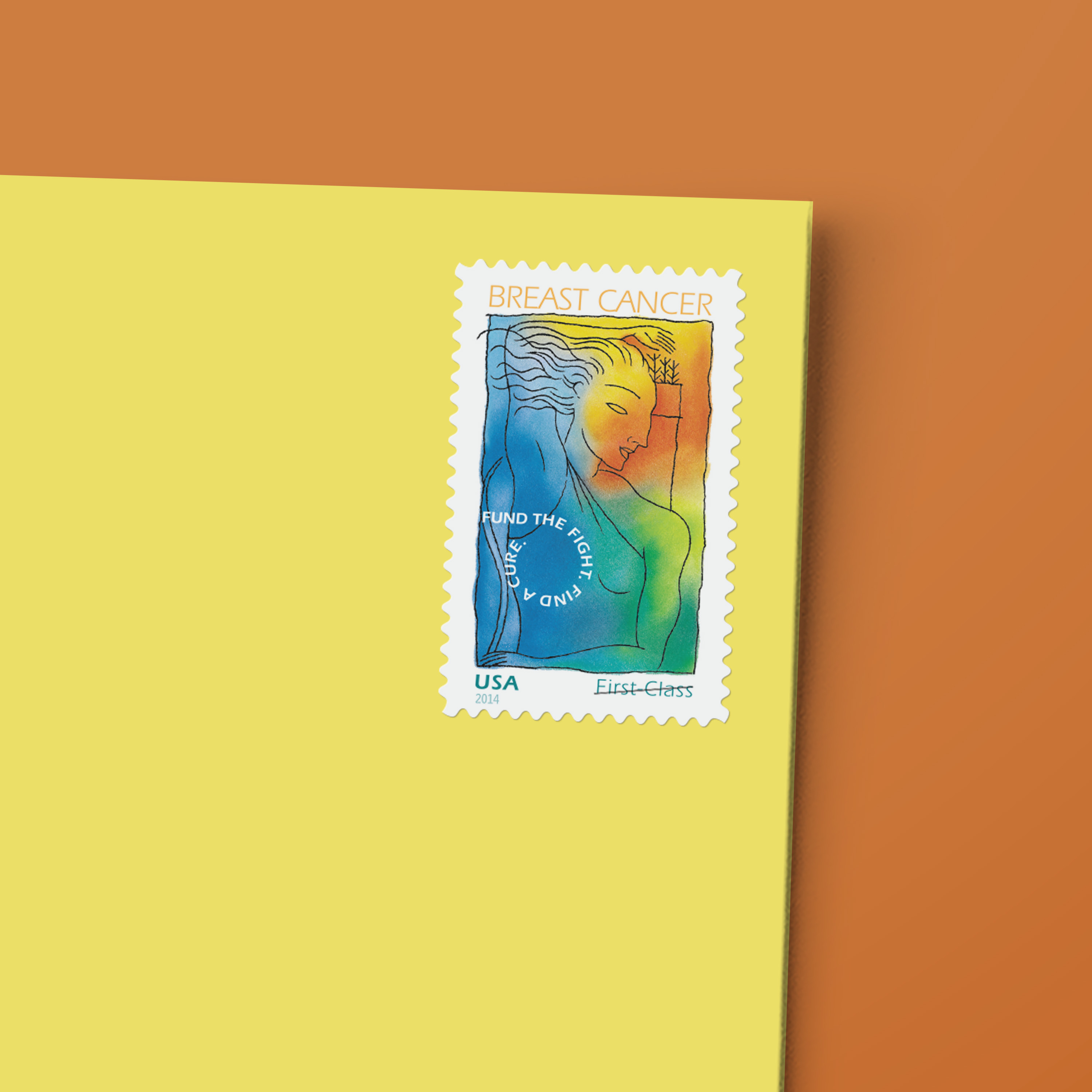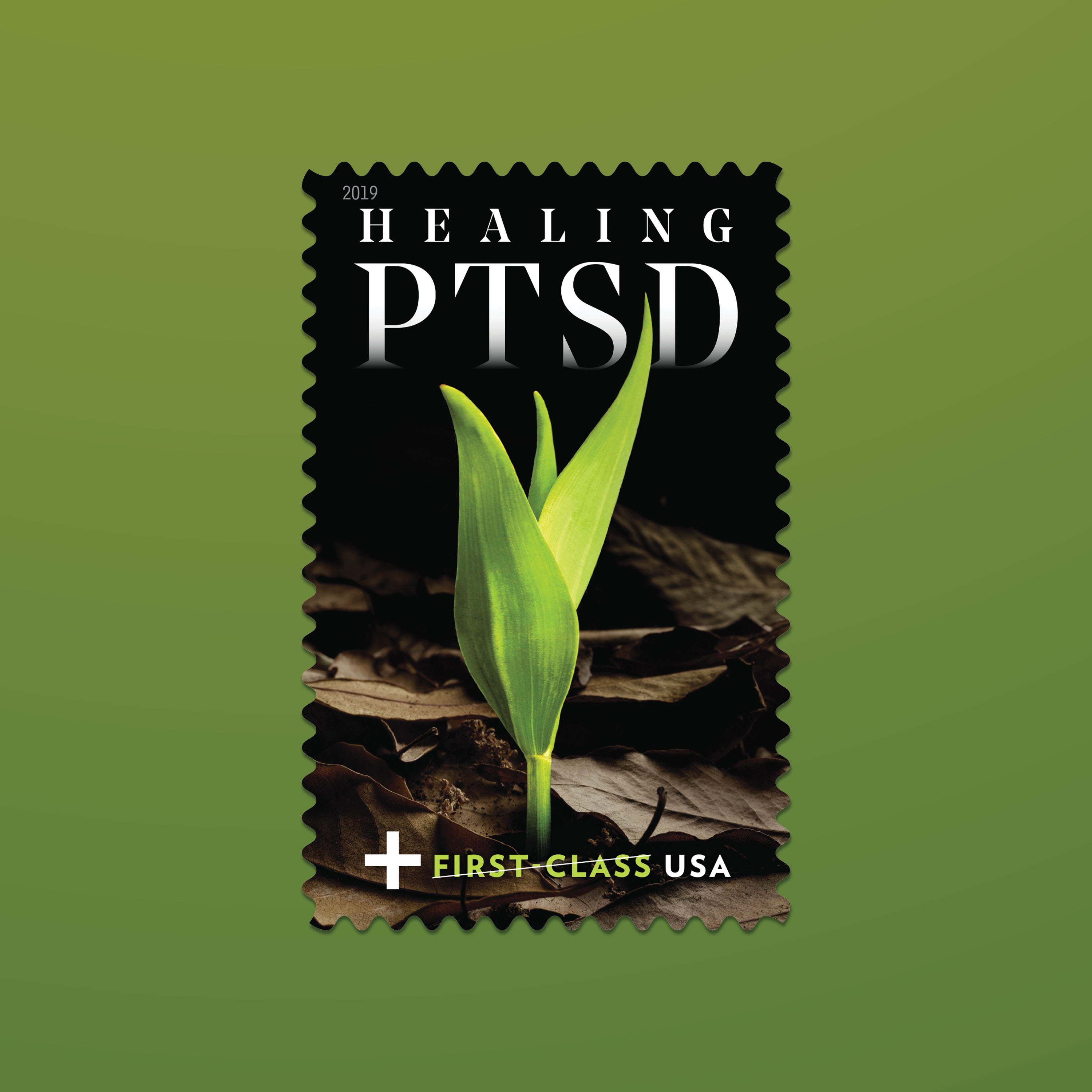The Complex Art of Stamp Design
How stamps are made: Part II

Each stamp you see on a piece of mail starts out as an idea. And then talented artists bring it to life. That unique piece of art, highlighting a special aspect of American culture, will soon be sold nationwide.
The process begins once the Citizens’ Stamp Advisory Committee agrees on the 20–25 stamp topics for next year — a unique mix of subjects ranging from historical and cultural topics to the celebration of sports, youth, art, and more. (See part 1 in our three-part series describing how topics are chosen from among some 15,000 suggested each year.)
Next, USPS assigns stamp projects to four art directors. “Occasionally we’ll make trades after some goodhearted bartering,” says USPS art director Greg Breeding. “With my Southern drawl and phone charm,” he explains with a laugh, “they often put me on assignments working with big studios that own the rights to stamp subjects, such as Bugs Bunny or Star Wars™ Droids. That’s because there’s so much involved in building rapport — convincing the studios to give you access to all their intellectual property to find something that can make a great stamp.”
In the research phase, the design team locates photography or art, and then brainstorms the best approach: Use an existing work or hire an artist instead? Create horizontal or vertical stamps, or a mix of both? Black-and-white or color? One design to feature the topic, or a series of images?
For one of Breeding’s earliest stamp assignments, the four years of The War of 1812, the team had located the oldest-known painting of the USS Constitution. “I couldn’t imagine designing a painting that was better,” Breeding says. But for the third stamp in that series, Breeding couldn’t find a painting stylistically similar. So, he hired a painter to recreate an iconic scene from the war. In the end, the final series of four stamps showcased two historic paintings and two recreations by the same artist.
Some topics bring extra challenges, such as semipostals — whose sales help generate funds for worthy causes. The challenge? “Overall,” Breeding says, “we aspire to create stamps with positive messages, even ones that evoke nostalgia. Yet with semipostals, the subject matter is often distressing.”
Still, one of the most popular stamps created, reprinted again and again, is Breast Cancer Research — a bright, colorful illustration, originally designed by art director Ethel Kessler in 1998, to convey strength, courage, and hope. So far, the stamp has raised more than $97 million.

In 2019, Breeding designed the Healing PTSD semipostal using a subtle symbol of renewal.
